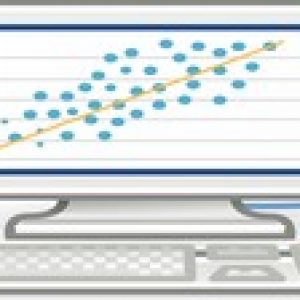
Understanding China, 1700-2000: A Data Analytic Approach, Part 2
FREE
The purpose of this course is to summarize new directions in Chinese history and social science produced by the creation and analysis of big historical datasets based on newly opened Chinese archival holdings, and to organize this knowledge in a framework that encourages learning about China in comparative perspective. Our course demonstrates how a new scholarship of discovery is redefining what is singular about modern China and modern Chinese history. Current understandings of human history and social theory are based largely on Western experience or on non–Western experience seen through a Western lens. This course offers alternative perspectives derived from Chinese experience over the last three centuries. We present specific case studies of this new scholarship of discovery divided into two stand–alone parts, which means that students can take any part without prior or subsequent attendance of the other part. Part 1 (https://www.coursera.org/learn/understanding–china–history–part–1) focuses on comparative inequality and opportunity and addresses two related questions ’Who rises to the top?’ and ’Who gets what?’. Part 2 (this course) turns to an arguably even more important question ’Who are we?’ as seen through the framework of comparative population behavior – mortality, marriage, and reproduction – and their interaction with economic conditions and human values. …
Instructor Details
Courses : 2
Specification: Understanding China, 1700-2000: A Data Analytic Approach, Part 2
|
8 reviews for Understanding China, 1700-2000: A Data Analytic Approach, Part 2
Add a review Cancel reply
This site uses Akismet to reduce spam. Learn how your comment data is processed.

| Price | Free |
|---|---|
| Provider | |
| Duration | 5 hours |
| Year | 2017 |
| Language | English |
| Certificate | Yes |
| Quizzes | Yes |

FREE






lichuangye –
nice
Ben C –
This course was very well put together and expanded my knowledge of both Chinese and non Chinese society elements. It was also an excellent example of a productive use of data from widely varying sources and what can be learned from carefully analyzing it.
JOHN Q –
NICE COURSE WITH SOME INTERESTING INFORMATION. THANKS FOR ORGANIZING THIS COURSE.
AlexDeseole –
Very interesting! Valuable!
Jialin B –
Brilliant course. High quality information, comprehensive bibliography and interesting tests. Visionary, complex and controversial. Not to be missed if you are interested in China.
Amal A E I –
Great Course
Joy S –
good info based on actual statistics.
Xiaohong Y –
I like part one better. a lot more information.